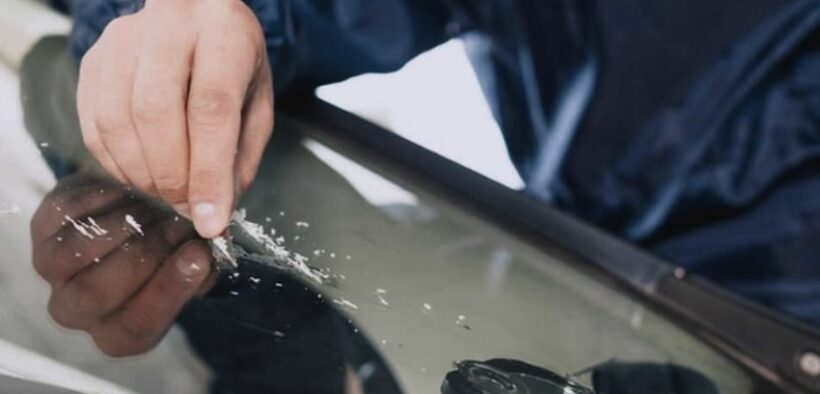Fixing Minor Scratches in Auto Glass: A Step-by-Step Guide

Your car’s windshield and windows are essential for visibility and safety on the road. However, minor scratches can sometimes mar their clarity. The good news is that if the scratches are shallow, you can attempt to fix them at home with a few basic supplies. In this step-by-step guide, we’ll walk you through the process of remedying minor scratches in your auto glass, ensuring your view remains crystal clear.
Step 1: Assess the Depth
Begin by assessing the depth of the scratches. Run your fingernail over the scratch – if it’s too shallow to catch your nail, it’s a candidate for DIY repair. However, if you can feel the scratch, it’s best to consult a professional auto glass repair facility. They possess advanced tools and compounds designed to tackle deeper scratches and cracks.
Step 2: Gather Your Supplies
Assuming your scratches are minor, you’ll need a few supplies to get started. These include water, glass cleaner, soft cloths, a spatula, small bowls, a dry-erase marker or tape, and a drill with a rubber polishing wheel. While some of these items are optional, they can significantly simplify the repair process.
You’ll also require the scratch-repair product itself, which comes in three options:
Clear acrylic nail polish – suitable for the shallowest scratches.
Cerium oxide – is the best choice for most minor scratches.
Baking soda and white toothpaste – a viable option but may require multiple applications.
Acrylic scratch remover can replace clear nail polish, but it performs a similar job, and most people don’t already have scratch remover. Cerium oxide, often known as “jeweler’s rouge,” is a sealant and polish used on glass, metal, and ceramic. It’s relatively affordable for the quantity needed.
Step 3: Clean the Scratch
Before you begin the repair, ensure no debris interferes with the bond between the repair product and the glass. Thoroughly clean the scratched area with a glass cleaner and a soft cloth. You don’t need to clean the entire glass, as you may get fingerprints and product on it while repairing the scratch.
Step 4: Mark the Scratched Area
As the repair progresses, it can be challenging to discern where the glass was scratched. To maintain clarity, mark the scratched area. You can outline the scratch with a dry-erase marker on the opposite side of the glass. Alternatively, use a piece of tape on the opposite side to indicate the scratched area.
Step 5: Prepare the Repair Product
Now, it’s time to prepare the repaired product, with the specifics varying depending on the product you’re using. If you’re using an acrylic product, you can skip this step.
For cerium oxide, use a spatula to mix the powder with water in a small bowl until it forms a slurry. It should have the consistency of Elmer’s Glue. Keep extra water on hand in case the slurry dries out during the repair.
For the baking soda and white toothpaste mixture, combine approximately 1 teaspoon of baking soda with a quarter of a standard toothpaste tube. Add water until a slurry forms, and the baking soda is no longer visible. Ensure you have all the items on hand, as you may need to mix up more for additional applications.
Step 6: Apply the Repair Product
With the product prepared, you can now start repairing the scratch, with the specific steps varying based on the product you’ve chosen. Always follow any included instructions when using a repair-specific product.
If using acrylic scratch remover or nail polish, fill the scratch and remove any excess. The product should dry hard and clear, requiring minimal buffing.
If using cerium oxide, fill the scratch and begin gentle buffing. A drill with a rubber polishing wheel makes buffing easier. Continue filling the scratch with cerium oxide and buffing until the result is a clear and smooth repair.
If using the homemade mixture, follow the instructions for cerium oxide. Be even gentler when buffing and be prepared for multiple applications.
Step 7: Clean the Window
Once the repair is complete, wipe away any remaining repair product and clean the entire window. You should now have a clear glass without any visible scratches.
In conclusion, by following these steps, you can tackle minor scratches in your auto glass and enjoy an unobstructed view while driving. Remember to assess the depth of the scratches and choose the right product for the job. With a little patience and effort, you can restore the clarity of your vehicle’s glass.









